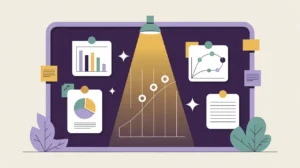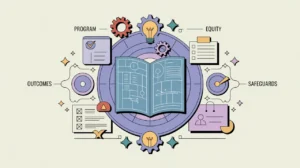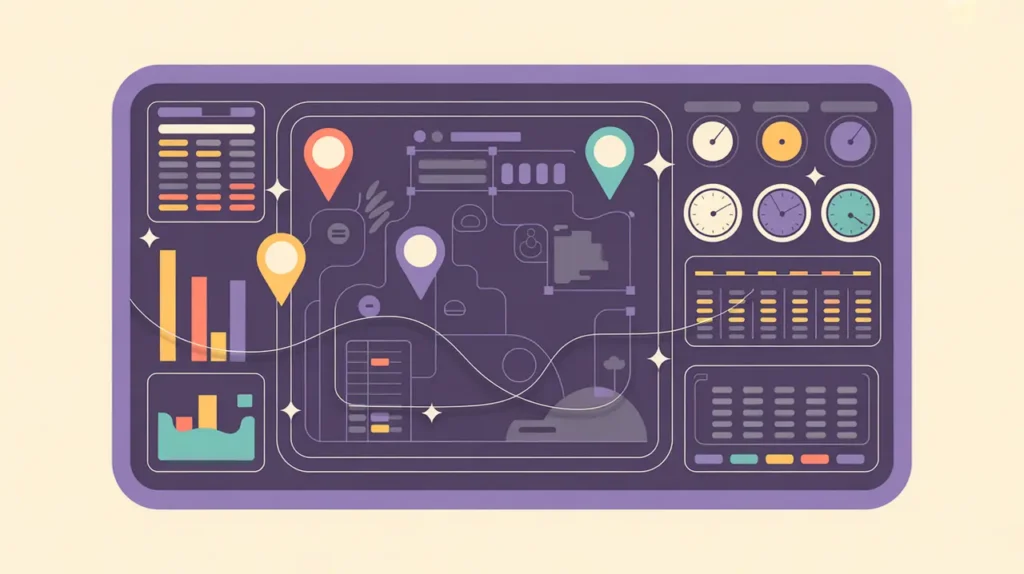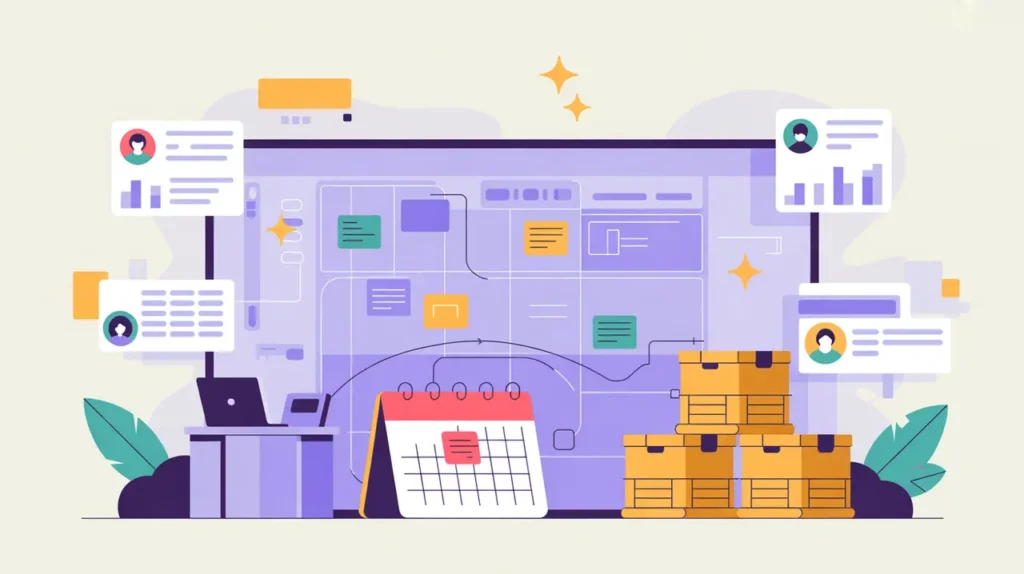What Does Program Research Involve?
Program research is the foundation of every nonprofit initiative. Before an organization commits to visioning or design, it must first understand the landscape in which it intends to operate. Research clarifies the problem, identifies existing interventions, and reveals the ecosystem of actors, policies, and resources already in motion. This stage prevents duplication, reduces wasted investment, and anchors programs in reality rather than assumption.
In practice, program research involves examining both hard data and lived experience. Quantitative indicators such as enrollment rates, disease prevalence, or environmental conditions provide measurable context, while qualitative methods such as interviews and focus groups surface local perspectives. Together, they give a balanced picture of need and opportunity.
Skipping or underinvesting in program research is one of the most common mistakes nonprofits make. Without it, organizations risk designing programs that look good on paper but fail in practice because they ignore cultural context, logistical realities, or political constraints. Strong research transforms guesswork into grounded insight. It also establishes a baseline against which impact can later be measured. Put simply, program research is where nonprofits earn the right to act.
What Competencies are Associated with this Role?
Program research requires a mix of technical, analytical, and relational capabilities. The focus is on gathering accurate information, making sense of it, and presenting findings that guide decisions. The competencies below define the skill set needed to carry this function effectively:
- Conduct landscape analyses and sector scans
- Map stakeholders, actors, and existing interventions
- Review academic, policy, and donor literature
- Design and implement surveys, interviews, and focus groups
- Apply ethical research standards and safeguarding protocols
- Collect, clean, and manage quantitative datasets
- Analyze qualitative data for themes and narratives
- Synthesize findings into briefs, reports, and presentations
- Translate evidence into actionable insights for program design
- Maintain research databases and knowledge repositories
How Might AI and Automation Help this Role?
Artificial intelligence and digital automation can strengthen program research by handling repetitive, large-scale, or highly technical tasks. These tools do not replace human judgment but enhance speed, accuracy, and reach. Opportunities include:
- AI-driven literature and policy reviews with rapid synthesis
- Automated web scraping and stakeholder network mapping
- Natural language processing of transcripts and community feedback
- Predictive modeling to forecast program needs or risks
- Sentiment analysis from surveys and social media data
- Automated data cleaning and anomaly detection
- Generative AI to draft research briefs and visualizations
- AI-powered translation of research outputs into multiple languages
What are the Roles by Experience Level?
Research roles exist at multiple levels, each with distinct responsibilities. Titles vary across organizations, but the layering usually follows this progression:
- Entry: Research Assistant, Data Associate – data collection, transcription, database management
- Mid: Research Officer, Policy Analyst – tool design, supervision of data collection, preliminary analysis
- Senior: Research Manager, MEL Director – research strategy, integration with program design, stakeholder engagement
- Executive: Chief Research/Impact Officer – organizational evidence strategy, external representation, policy influence
How Transferable are the Skills from this Role?
The skills built in program research are portable across both nonprofit functions and external sectors. Inside nonprofits, research staff can transition into monitoring and evaluation, program design, or advocacy, where evidence is central. Beyond nonprofits, research skills map onto government policy analysis, think tank studies, consulting, and corporate market research. Data literacy, critical thinking, and the ability to synthesize complex information are universally valuable. Because research sharpens both methodological rigor and ethical reasoning, it equips individuals for roles that require sound judgment and persuasive communication in any professional context.







